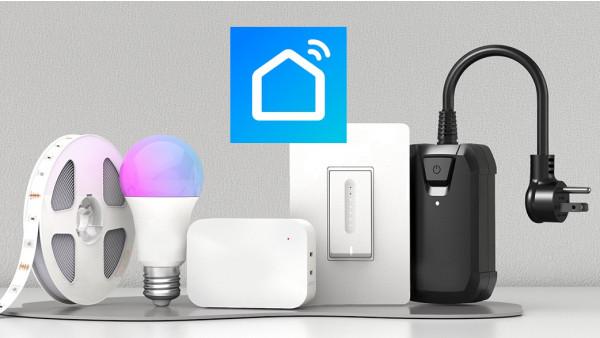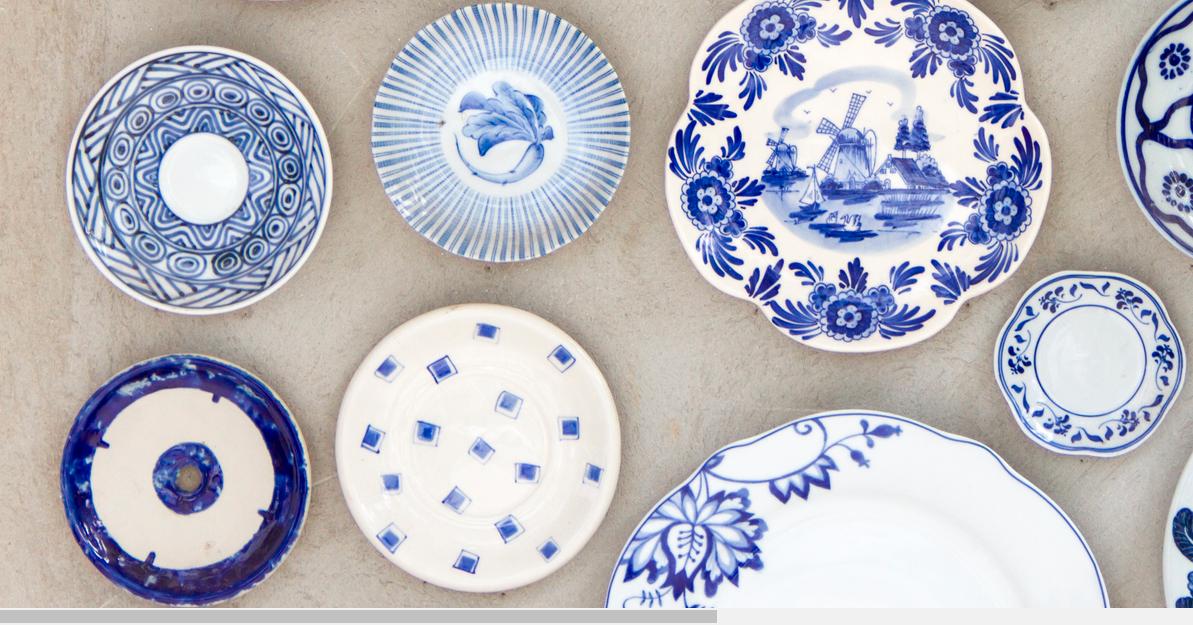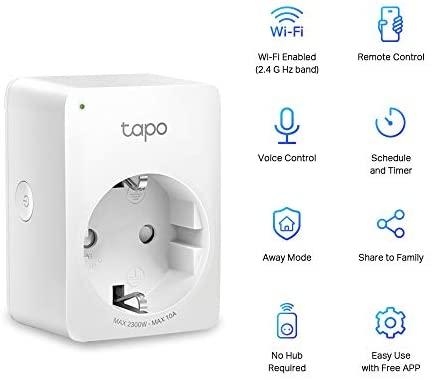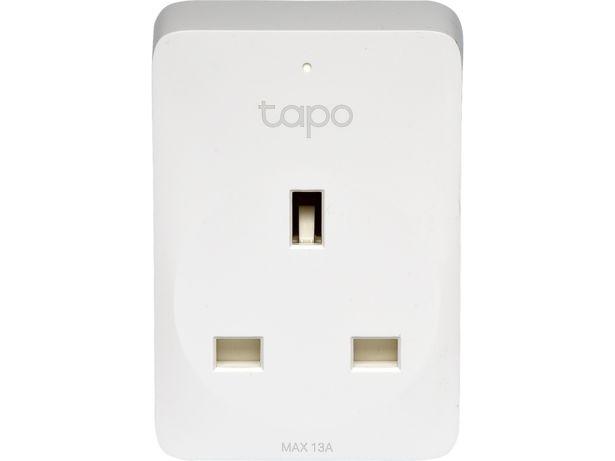Tuya Smart Life devices review: Smart plugs, lights and more
It used to be true that budget smart home kit was bad, hard to control and lacked features. That’s changing a lot, and there’s now a greater range of kit available that either directly, or indirectly, uses the Smart Life app and platform.
Smart Life is actually developed using technology from Tuya, which provides the basic building blocks for companies to develop their own smart products.
What it means in practical terms is that there’s a hell of a lot of great low-cost smart home products from different manufacturers and brands, all capable of working together under one roof.
Having reviewed a bunch of products that are compatible with Smart Life, I can say that it’s a quality smart system, with the ability to create some smart rules - and is a smart home ecosystem that's a great, affordable, alternative to the mainstream platforms such as SmartThings and HomeKit, Amazon Alexa or the Google Assistant.
Smart Life: What’s on offer
Search the internet and you’ll be hard-pressed to find a device that’s actually listed as Smart Life.
Instead, it’s the base technology that many smart home devices run on. These devices can be sold in two ways: either as a product that’s advertised as using Smart Life or as a range of products that each use their own app.
Crucially, the products that are advertised as using their own app are still compatible with the Smart Life app.
For the latter, if you use the manufacturer’s own app, you’ll get the same interface, but you’ll have less choice when it comes to adding devices. Use the Smart Life app instead, and you can add products from multiple manufacturers.
Admittedly, this can make it hard to find specific devices, but there are ways of finding out. For IFTTT, for example, when you link your Smart Life app, it asks you which app you want to support: Smart Life, TCP Smart, Amarey Smart, GeoSmartPro, Homeflow or Hey!.
You can only pick one system to use with IFTTT, so it makes sense to choose Smart Life, and then buy products from any of the companies above.
Smart Life even extends beyond this, and you’ll often find that there are smaller third-party companies making compatible products.
Essential guide:The best IFTTT recipes for your automated smart home
For the brands listed above, just ignore the app that’s suggested and use Smart Life instead.
Smaller third-party brands just use the Smart Life app by default, but that can make them harder to find. However, search Amazon or other stores for the product you want plus ‘Smart Life’ and you’ll usually find quite a few hits.
Even if you stick with the bigger brands listed above, it means that Smart Life supports a huge range of products, including, but not limited to, smart bulbs, plugs, air purifiers, light strips, robot vacuum cleaners, security cameras and light switches.
What devices work with Smart Life / Tuya?
There are hundreds of smart home devices, from a multitude of brands, that will work with the Smart Life app - or indeed Tuya's other smart home platforms.
This isn't a comprehensive list, but here are a few great brands to check out when it comes to building a smart home with the Smart Life app:
As mentioned, Smart Life is compatible with IFTTT, but it also has Amazon Alexa and Google Assistant Skills, so that you can control your devices with your voice.
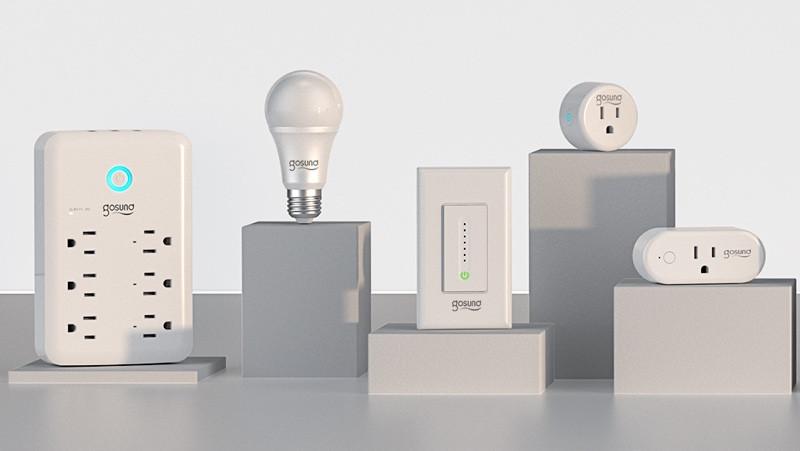
Some devices are compatible with SmartThings, too, although not the entire range. I found that my air purifier was compatible, but the bulbs and smart plugs were not.
Many products that are compatible with Smart Life via a Zigbee gateway or smart home hub, and, cleverly, everything connected to the app operates in the same way, so you won’t see any difference in control between smart devices, whether they’re Wi-Fi or Zigbee.
A Smart Life Zigbee gateway from SilverCrest
Is Smart Life safe?
Search online about Smart Life and Tuya’s privacy and you’ll find a load of threads worrying whether or not data is sent out of your phone to Chinese servers, and how secure the platform is. There’s no hard proof that this is the case.
Looking at the information, Smart Life uses servers all over the world, and Tuya says that it complies with local regulations for use. Certainly, for companies to build their own branded apps and sell locally, a certain level of security and compliance has to be in place.
Ultimately, every device that you connect to your home network carries some kind of risk, particularly from hackers. If you’re very worried about the situation, then buying from bigger names probably makes more sense for you.
Living with Smart Life devices
Smart Life has a huge range of devices to choose from, and they’re mostly quite easy to get connected. Just watch out for the odd translation problem, where instructions don’t make a lot of sense.
I’ve struggled to get a couple of devices working, as the instructions show reset buttons in the wrong place, or the instructions are confusing.
Adding a smart bulb, for example, says to turn the light on, then go on-off-on-off-on, which makes no sense. And, the app doesn’t explain how long to wait between on/off cycles.
If you’re struggling, the answer is that you turn the bulb on for 10 seconds, then turn it off, then follow the on-off bit. Just make sure that you let the light go to full brightness (a second or two) before turning it off.
Once your devices are connected, the smart life is generally very powerful. With bulbs, you can select colour temperatures, brightness and colour (depending on models).
There are more advanced options, too, such as Rhythms, which let you set the colour temperature of your bulbs at certain times of the day, so you get light that’s closer to sunlight all of the time. Schedules and countdown timers are available, too.
Smart Life isn’t quite as intuitive to use for devices as the main competition, such as Hue. While Hue is built around grouping bulbs into rooms, the Group option in Smart Life is quite well hidden: you have to go to a bulb, tap the edit button at the top-right of the screen, then select Group.
You can have scenes for your lights but, again, they’re not as easy to edit or create as with Hue.
It’s similar with smart plugs, too, with basic on/off controls for all devices. You also get countdown timers and schedules (confusingly called Timers in the app). As well as controlling a single device, you can group plugs together and control them all as one.
You can’t group different devices together for control, which is a shame. With Hue, you can have Smart Plugs it the same room, so turning that room on can also turn on any device, such as a lamp, connected to the socket.
Smart Life’s real power resides in the way that you can run your home automatically or create Tap-to-Run events.
Tap-to-Run events are basically routines that let you control multiple devices, selecting the settings that you want. For example, you can have a smart plug turn on and run on a countdown timer, and have a light turn on blue at the same time. You can just tap the icons in the app to run these routines.
Things can be clunky, though. The countdown timer here can only be selected in seconds using a far-to-sensitive slider. If you want to, say, select a timer for 20-minutes, then trying to work out how many seconds that is and then select the right number is beyond fiddly.
Automations let you control devices automatically. There are a few options, including weather changes (temperature, humidity, rain, snow, sunset/sunrise and wind speed), geolocation and schedules. For example, you could have a bulb turn red when the weather forecast says it’s going to snow.
Smart Life also lets you automate your home in a way similar to IFTTT. For example, if a motion sensor detects motion, you can have lights turn on automatically on a timer that shuts them off after 10 minutes. The more devices you have in Smart Life, the more you can do.
It may not be as polished as the bigger names in the smart home but you’d be hard pushed to find a system that has as many budget devices with as many control options.
In the right hands, then Smart Life can be very powerful, but those that want the best experience are better off looking to the big brands and using the likes of IFTTT or Amazon Alexa to handle automation.
Smart LifeSmart Life isn’t a range of specific products, but a shared control system for devices from multiple vendors. Admittedly, this makes finding compatible products a little harder, but it can be worth it. With excellent automation controls (with slightly fiddly options in some cases), Smart Life lets you automate your home with a diverse range of products. Overall quality isn’t as good as from the main smart home brands, though.PROS CONS
